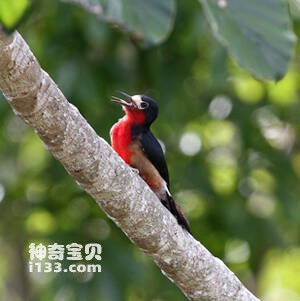
Melanerpes portoricensis
Melanerpes portoricensis,Puerto Rican Woodpecker
The species is known as Melanerpes portoricensis and Puerto Rican Woodpecker···
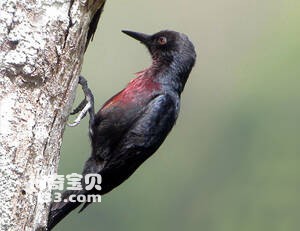
Melanerpes herminieri
Melanerpes herminieri,Guadeloupe Woodpecker
Melanerpes herminieri and Guadeloupe Woodpecker are unknown.Protect wild ani···
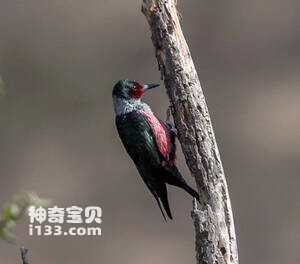
Melanerpes lewis
Melanerpes lewis,Lewis' woodpecker
The woodpecker's scientific name is Melanerpes lewis, and its foreign na···
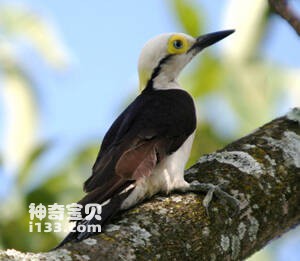
Melanerpes candidus
Melanerpes candidus,White woodpecker
Melanerpes candidus or White woodpecker is unknown.Listed in the Internation···
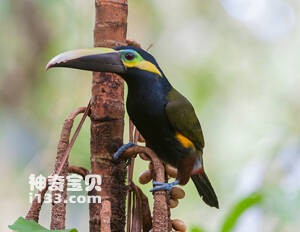
Selenidera spectabilis
Selenidera spectabilis,Yellow-eared toucanet
Selenidera spectabilis (Yellow-eared toucanet) is a species of climbing bird···
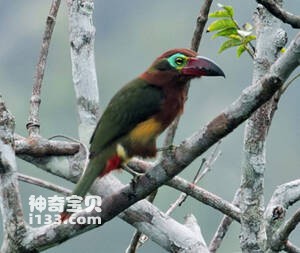
Selenidera reinwardtii
Selenidera reinwardtii,Golden-collared toucanet
Selenidera reinwardtii (Golden-collared toucanet) is a species of climbing b···
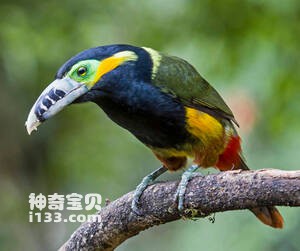
Selenidera maculirostris
Selenidera maculirostris,Spot-billed Toucanet
Selenidera maculirostris, or Spot-billed Toucanet, is a species of climbing ···
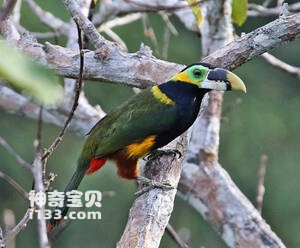
Selenidera gouldii
Selenidera gouldii,Gould's Toucanet
Selenidera gouldii, or Gould's Toucanet, is a species of climbing bird.T···
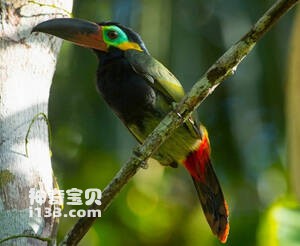
Selenidera culik
Selenidera culik,Guianan Toucanet
Selenidera culik (Guianan Toucanet) is a species of climbing bird.The song o···
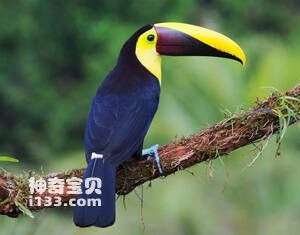
Ramphastos ambiguus
Ramphastos ambiguus,Black-mandibled Toucan,Yellow-throated toucan
The black-billed Toucan is known as Ramphastos ambiguus, Black-mandibled tou···
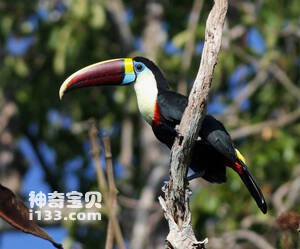
Ramphastos tucanus
Ramphastos tucanus,White-throated toucan
The red-billed toucan is known as Ramphastos tucanus or White-throated touca···
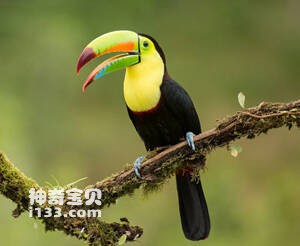
Ramphastos sulfuratus
Ramphastos sulfuratus,Keel-billed Toucan
The thick-billed Toucan, whose scientific name is Ramphastos sachatus, Keel-···
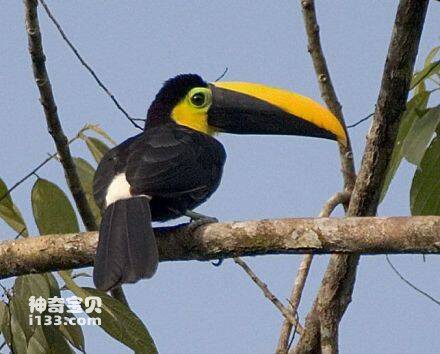
Ramphastos brevis
Ramphastos brevis,Choco Toucan
Choco Toucan Ramphastos brevis, Choco Toucan is a medium-sized climbing bird···
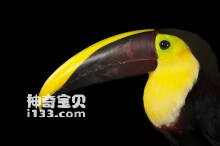
Ramphastos citreolaemus
Ramphastos citreolaemus,Citron-throated Toucan
Ramphastos citreolaemus, Citron-throated Toucan, is a medium-sized climbing ···
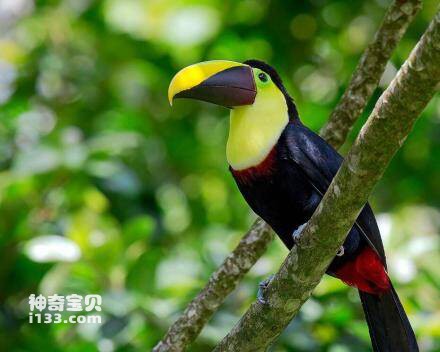
Ramphastos vitellinus
Ramphastos vitellinus,Channel-billed Toucan
Ramphastos vitellinus, also known as Channel-billed Toucan, is a medium-size···
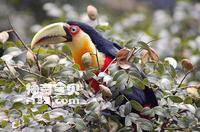
Ramphastos dicolorus
Ramphastos dicolorus,Green-billed toucan
Ramphastos dicolorus, or Green-billed toucan, is a medium-sized climbing bir···
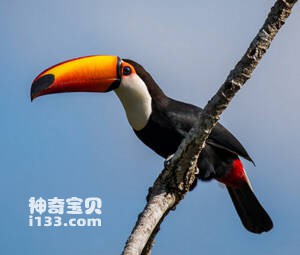
Ramphastos toco
Ramphastos toco,Toco toucan
The scientific name of toucan is Ramphastos toco, or Toco toucan, a medium-s···
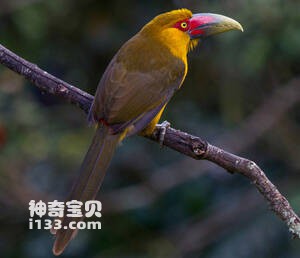
Pteroglossus baillon
Pteroglossus baillon,Saffron toucanet
Orange Toucan scientific name Pteroglossus baillon, foreign name Saffron tou···
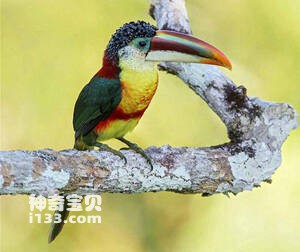
Pteroglossus beauharnaesii
Pteroglossus beauharnaesii,Curl-crested aracari
The tufted toucan is Pteroglossus beauharnaesii and Curl-crested aracari.The···
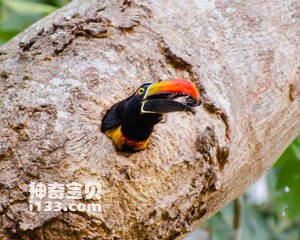
Pteroglossus frantzii
Pteroglossus frantzii,Fiery-billed aracari
Pteroglossus frantzii, also known as Fiery billed aracari, is a medium-sized···
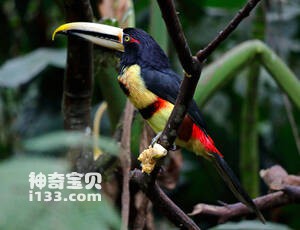
Pteroglossus erythropygius
Pteroglossus erythropygius,Pale-mandibled aracari
Pteroglossus erythropygius, Pale-mandibled aracari, is a medium-sized climbi···
